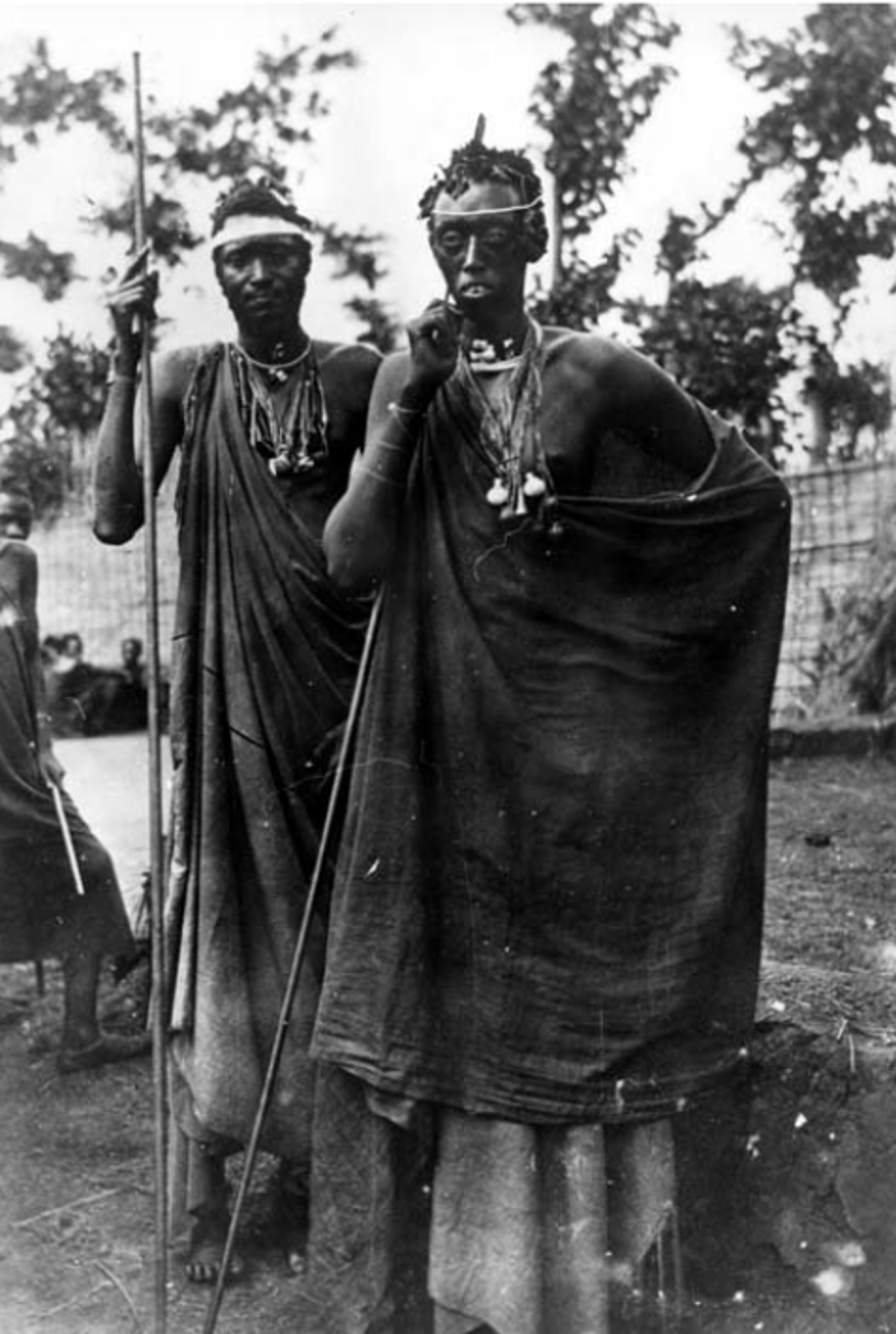Muhumusa (Northern Rwanda) by Max Weiß,
2.JPG) |
| Muhumusa ("Sultanin Mumusa" in the Original), ca. 1904 |
was an officer of the German colonial forces Mecklemburg in scientific
agent photographed Africans. For Weiß, photographed without eventually tried the by Mumuhusa's denied discussions, Muhumusa
 |
| Muhumusa in her palanquin ("Mumusa in ihrem Tragekorb" in the original) |


Comments
Post a Comment